Today Chicken Rate in Peshawar
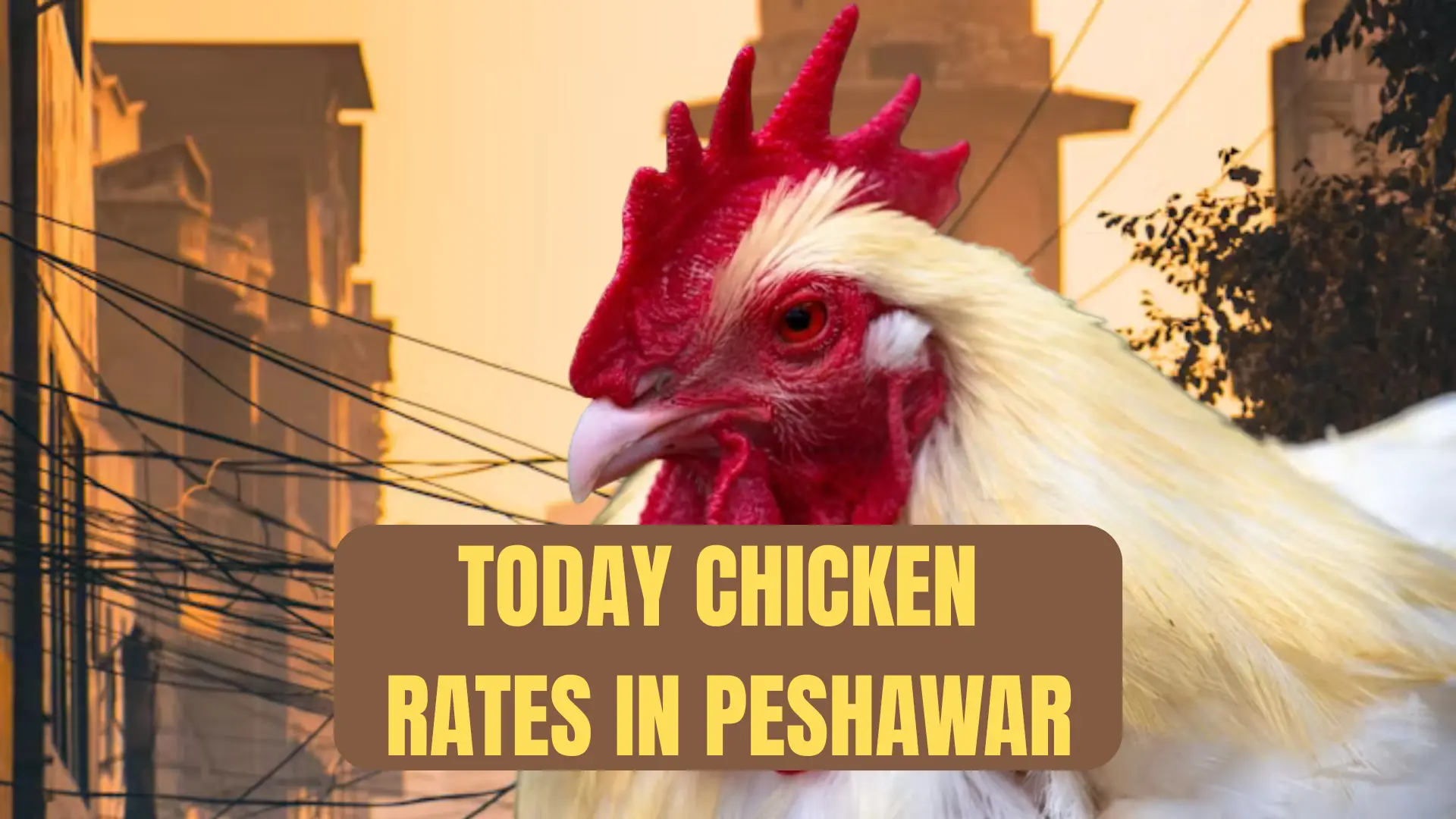
05 October 2025 – Today Chicken Rate in Peshawar is Rs. 360 per kg according to the latest rate list of the official KPK government. While farm gate and wholesale alive chicken prices are also updated daily. This helps customers in Peshawar compare retail, wholesale, and desi chicken rates before buying.
In the Peshawar area, chicken is a daily source of protein, also holds traditional value for Peshawari people. Homes and restaurants in Peshawar rely on chicken piece options such as live chicken, boneless chicken, skinless chicken, chicken breast, chicken leg pieces, and chicken liver. These items are in constant demand, especially during seasonal demand peaks like Eid-ul-Fitr, Eid-ul-Adha, and winter weddings.
Today broiler chicken rates in Peshawar
Chicken type | Price type | Price per kg |
|---|---|---|
Broiler alive chicken | Farm gate | Rs. 305 |
Broiler alive chicken | Wholesale | Rs. 319 |
Broiler alive chicken | Retail price | Rs. 360 |
Broiler chicken meat | Retail price | Rs. 482 |
Boneless chicken (broiler) | Retail price | Rs. 1100 |
Skinless chicken (broiler) | Retail price | Rs. 780 |
Today Deffernt Chicken Cut rates in Peshawar
Items | Chicken Cut Types | Rates |
|---|---|---|
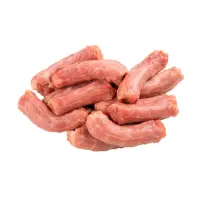 | Chicken Nick Per KG | RS. 315 |
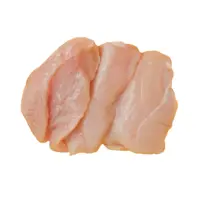 | Chicken Breast Boneless Per KG | RS. 736 |
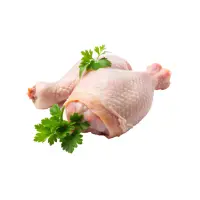 | Chicken Leg/Drumsticks With Skin Per KG | RS. 800 |
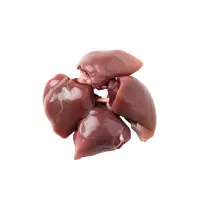 | Chicken Liver | RS. 650 |
Today Country/Desi Chicken (murgi) rates in Peshawar
Today Country Chicken (Desi Murgi) rate in Peshawar is Rs. 1200 per kg. In local markets, the price of desi chicken usually ranges between Rs. 1400–1530 per kg, which is much higher than the broiler market rate. This shows the traditional value of chicken in Peshawar, where many Pashtun people still prefer desi murga for its natural taste and cultural importance.
Country chicken is free from growth hormones and often raised with antibiotic-free farming methods. Because of this, it is seen as a healthier source of protein and omega-3 fatty acids compared to broiler meat. Many households and restaurants in Peshawar use desi chicken for dishes like yakhni pulao, chicken karahi, chicken biryani, and chicken BBQ.
Consumer preference for desi chicken remains strong, but the high rate makes it more common for weddings, Eid celebrations, and other special occasions rather than daily use.
Latest updates/news about poultry in Peshawar
- On July 12, 2025, local media highlighted a massive increase in chicken prices across Khyber Pakhtunkhwa, with retail broiler rates touching Rs. 740 per kg in Peshawar markets like Saddar and Qissa Khwani Bazaar.
- On August 27, 2025, Aaj News confirmed that broiler meat again crossed Rs. 505 per kg, a sign of unstable market dynamics caused by high feed prices (corn and soybean grain), the fuel price effect, and logistical issues in poultry supply chains.
- As per propkistani report, On June 2–3, 2025, ahead of Eid-ul-Adha, chicken prices dropped to an unofficial Rs. 600/kg, reflecting seasonal shifts, festival demand, and pressure from household needs.
- On January 15, 2025, analysts noted a short phase of broiler price stability in Peshawar. However, the balance broke soon after due to inflation in labor wages, raw material costs, and transport charges, along with the rise in energy costs for poultry farms.
Chicken Rates List and Market Trends for September 2025 in Peshawar
Date | Rate (Rs. per kg) | Status |
|---|---|---|
Sep 10, 2025 | 450 | – |
Sep 11, 2025 | 435 | Down |
Sep 16, 2025 | 410 | Down |
Sep 17, 2025 | 400 | Down |
Sep 22, 2025 | 370 | Down |
Sep 26, 2025 | 355 | Down |
Market Trend in September 2025
The government daily rates for chicken in Peshawar showed a steady decline throughout September. On September 10, the official price stood at Rs. 450 per kg, but by September 26, it had dropped to Rs. 355 per kg.
This consistent downward movement reflects weaker consumer demand, the arrival of the post-Eid season, and relief in feed grain prices. Traders report that the market entered a correction phase after earlier high rates, and unless new shocks in fuel price or supply shortages appear, the trend may continue to stay soft.
What Factors Affect Chicken Prices in Peshawar
Chicken prices in Peshawar change almost every week. The reasons are not just global feed costs but also local conditions that directly affect supply and demand. Below are the main factors that truly shape the market rates in Peshawar:
1. Poultry Feed and Dollar Rate
Most feed ingredients, especially soybean meal and maize, are linked with imports. Whenever the dollar rate increases or import duties change, feed prices go up. Since feed makes up almost 70% of production cost, even a small rise immediately affects chicken prices.
2. Weather and Mortality Issues
Peshawar faces very hot summers and cold winters. Extreme weather often leads to higher chicken mortality inside poultry farms. When supply drops because of bird losses, retail prices quickly rise in the markets.
3. Afghanistan Border and Smuggling
Peshawar shares trade routes with Afghanistan. When chicken supply is smuggled across the border, where rates are higher, local markets in Peshawar face shortages. This is one of the silent reasons behind sudden price jumps.
4. Government Daily Rate List vs Market Practice
The Khyber Pakhtunkhwa government issues an official chicken rate list every day, but shopkeepers in many areas sell above this price. The difference between “official rate” and “real market rate” confuses and adds pressure on buyers.
5. Fuel and Transport Costs
Most chicken comes from Punjab poultry farms. When diesel prices rise, transport costs increase, and this directly reflects in Peshawar’s wholesale and retail prices.
6. Consumer Demand Patterns
Demand is not equal throughout the month. Prices often increase on Fridays and weekends when hotels and restaurants buy in bulk. On the other hand, during Eid al-Adha, chicken demand usually falls since people prefer beef and mutton, which temporarily lowers rates.
7. Farm-Level Expenses
Farmers face extra costs due to electricity load-shedding, use of diesel generators, and rising prices of medicines and vaccines for poultry health. These hidden costs are also passed on to the consumers through higher market prices.
How the Government Controls Chicken Prices in Peshawar
In Peshawar, chicken rates are not left to the free market. The government sets and enforces daily prices through the district administration. However, the gap between policy and practice often creates problems for consumers.
1. Daily Official Price List
Every morning, the Deputy Commissioner (DC) Office Peshawar issues an official chicken rate. This rate is calculated after considering poultry farm costs, transport charges from Punjab, and commission at local poultry mandis. Shopkeepers are legally bound to display this list.
2. District Price Control Committees
Special committees monitor the market. These include local administration officers who check whether sellers are following the official rate or charging extra.
3. Market Inspections and Fines
The government sometimes conducts surprise visits to poultry shops. If a shopkeeper is found selling chicken above the official rate, they can be fined, and in some cases, their shops may be sealed.
4. Helpline and Public Complaints
The KP government also provides a public helpline where people can report sellers charging more than the official rate. Complaints are forwarded to price control committees for action.
5. Subsidies and Support for Farmers
At times of feed crisis, the government has promised subsidies on poultry feed and electricity bills for farms. However, in Peshawar, such measures are rarely implemented on a wide scale, which limits their impact.
6. Enforcement Challenges
Although official rates exist, many shopkeepers still sell above them, especially during high-demand days. The difference between the “official rate” (for example Rs. 570 per kg) and the “market rate” (Rs. 600–620 per kg) shows weak enforcement in real life.
Types of chicken people raise and sell in Peshawar
Chicken sold in Peshawar markets comes from different sources. Each type has its own demand and price difference:
1. Broiler Chicken
Broiler chicken is the most common type sold in Peshawar. It grows fast (ready in 6–7 weeks) and is available in almost every shop. Prices are controlled by the daily government list.
2. Desi (Native) Chicken
Desi chicken are locally raised by farmers and even in homes in Peshawar. Desi chicken has stronger meat and higher demand for special dishes. Its price is usually 2–3 times higher than broiler chicken and not fixed by the government.
3. Layer Hen (Byproduct of Egg Farms)
Peshawari people raise layer hens for laying eggs. Once they stop laying regularly, they sold them in the market as meat. Their rates are lower than desi but higher than broiler.
4. Aseel Chicken
Aseel is a traditional Pakistani breed, famous in Khyber Pakhtunkhwa. It is often raised for beauty, cockfighting, or breeding. Its price depends on age, weight, and breed quality, and is much higher than broiler or desi.
Issues/Challenges of Poultry Farmers in Peshawar
Running a poultry farm in Peshawar is not easy. Farmers face many issues that affect both their income and the stability of chicken rates in the city.
1. Rising Feed and Input Costs
The biggest challenge is feed. A 50-kg bag of poultry feed in 2025 crossed Rs. 6,500 in Peshawar. Since feed makes up nearly 70% of total cost, even a small increase quickly pushes chicken prices up. Farmers often buy feed on credit, which increases their financial risk.
2. Power Shortages and High Energy Bills
Frequent load-shedding in rural areas forces farmers to use diesel generators to run fans and water systems for chicks. Diesel prices rising above Rs. 250 per liter make farming very costly. If cooling fails in summer, farmers can lose an entire flock.
3. Disease Outbreaks
Avian influenza and Newcastle disease remain a constant threat. A single outbreak can wipe out thousands of birds. Many small farmers cannot afford vaccines or quick veterinary services, leading to sudden heavy losses.
4. Middlemen and Market Control
Most farmers in Peshawar sell their birds to agents who then supply city markets. These middlemen often dictate prices and delay payments. Farmers complain they rarely get the profit margin shown in official chicken rates.
5. Lack of Government Support
Although subsidies and soft loans are sometimes announced, most small and medium farmers in Khyber Pakhtunkhwa never receive them. Price control policies focus on consumers, but very little is done to protect farmers from losses when rates fall sharply.
6. Inflation and Labor Costs
Higher prices of medicines, equipment, and transport directly cut into farmers’ income. At the same time, wages for workers at farms continue to rise, which adds another layer of pressure.
List of Poultry Farms, Hatcheries, and Feed Companies in Peshawar
Company | Role / Type | City (operates in) | Contact (phone/email) | Address (as listed) |
|---|---|---|---|---|
Salman Poultry Traders | Wholesaler/traders/vets & inputs | Peshawar | (091) 6281461 — additional mobile shown on FB: 0322-5757237 | Flat #49, Meraj Khan Market, Peshawar Road, Shabqadar, Charsadda, Peshawar (listed). |
Peshawar Traders | Poultry supplies/market trader | Peshawar | +92 91 2593417 / infopeshawartraders.com (listed) | Ashraf Road, Peshawar (contact page). |
K.B. / KB Poultry & Hatchery | Hatchery, day-old chicks, eggs | (serves Peshawar / national) | Contact form/details on site (see site) | Website lists farm & hatchery details. |
Peshawar Chicks | Local hatchery/breeder (listed in local directories) | Peshawar | Not publicly listed on a verified page — local directory / Facebook entries. | Listed as local hatchery (verify on local pages). |
K&N’s (K&N’s Foods / Poultry Farms) | Large national poultry processor & farm | National (supplies across Pakistan) | +92-21-34533623-27 (office phones listed in export PDF) | Karachi office is listed in the Pakistan Export Gallery PDF. |
Al-Faisal (feed/trading) | Feed mill/trading (feeds used by Peshawar farms) | Operates in Pakistan (feeds distribution) | FB contact example: Dr Shahzada 0313-5560104 (social listing) | Multiple distribution points (Facebook listing). |
Huzaifa International / Poultry Supplies | Vaccines/feed supplements/animal health | Pakistan (sales channels include Peshawar) | +92 48338096 / +92 48 383 8165 (listed) | Product/contact page (manufacturer / dealer listing). |
Local poultry groups & sellers (Facebook groups/marketplace) | Day-old chicks, live birds, local trade | Peshawar (community) | Various WhatsApp / mobile numbers posted by members (example: 0317-9832722) | Facebook group posts and local ads (verify before use). |
Traditional Value of Chicken in Peshawar
In Peshawar, chicken has a strong place in daily life and family traditions. People cook chicken karahi, chapli kebab, and sajji for guests as a sign of hospitality. Qissa Khwani Bazaar and University Road are famous spots for Shinwari chicken karahi. Families prefer chicken because it costs less than mutton and still provides good nutrition.
On Eid, weddings, and Friday gatherings, chicken dishes appear on every table. In winter, stalls of chicken soup attract students, travelers, and workers. This meat connects Peshawari culture with hospitality, celebration, and daily meals.
Conclusion
Chicken rates in Peshawar show the real picture of the city’s markets. The official rate list from the DC office often looks different from the price in places like Saddar, Board Bazaar, and Qissa Khwani. People buy broiler chicken, desi murga, and layer hens daily for home use and hotels.
Farmers and shopkeepers face problems of costly feed, transport, and low demand, and these things change the price every day. In short, chicken rates in Peshawar matter for both traders and families in the city.






